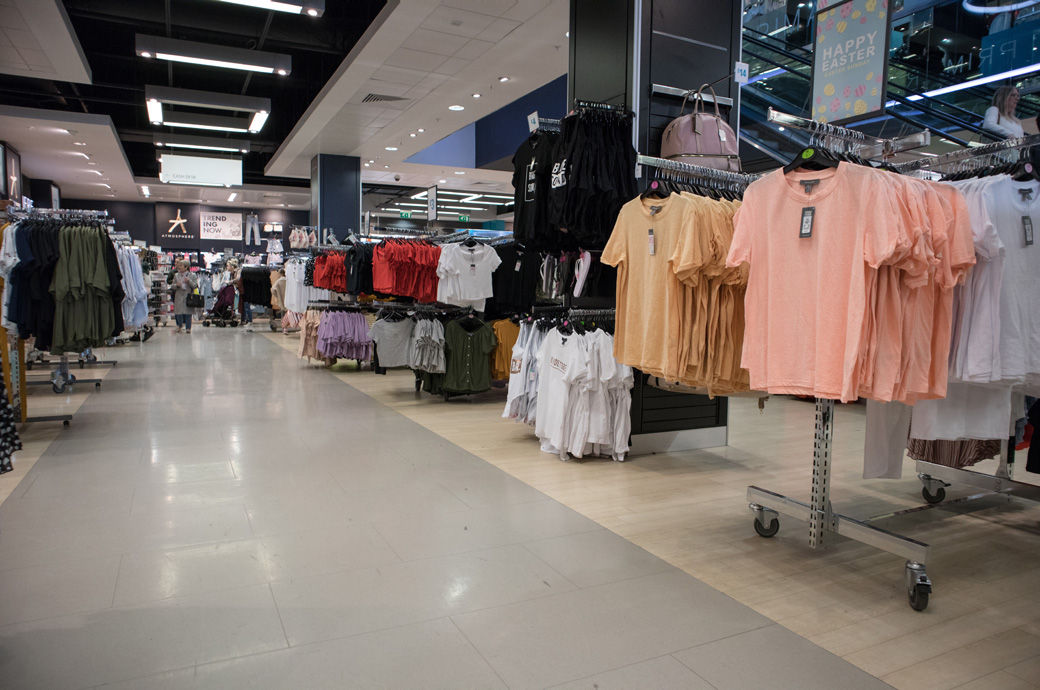
Household goods recorded spending decline (down by 4.4 per cent YoY), marking nine consecutive months of negative growth, Australian Bureau of Statistics (ABS) figures show.
All states and territories recorded YoY retail growth, led by Australian Capital Territory (up by 4.3 per cent), South Australia (up by 3.5 per cent), Western Australia (up by 3 per cent), Victoria (up by 2.9 per cent), Northern Territory (up by 2.5 per cent), New South Wales (up by 1.7 per cent), Tasmania (up by 0.8 per cent) and Queensland (up by 0.1 per cent).
ARA chief executive officer Paul Zahra said in a release that the September results were somewhat more stable than previous months but reiterated that it will still be a ‘nervous wait’ for retailers heading into the all-important Christmas trading period.
“The Reserve Bank of Australia’s [RBA] monetary decision on Melbourne Cup Day will be pivotal to the success of retailers during the most important trading time of the year – and we urge the RBA to hold interest rates considering this,” he said.
New research by ARA and American Express revealed that 55 per cent of small and medium retailers remain uncertain or concerned about their financial future as a consumer spending slowdown continues to affect the industry.
While 57 per cent of such businesses are defying economic headwinds to meet or exceed their financial benchmarks, as many as 43 per cent are falling short.
The cost of doing business continues to place significant strain on such retailers. Almost all (93 per cent) said they have seen cost increases in their businesses over the past 12 months, with 36 per cent saying their costs have increased by more than 10 per cent—well above the level of inflation.
While decelerated consumer spending is the most pressing concern (57 per cent), wage costs (41 per cent), cost of goods and services (39 per cent), staffing shortages (29 per cent) and cash flow management (29 per cent) also ranked in the survey as the top three pressing concerns.
To respond to pressures, retailers are prioritising investment in customer acquisition (66 per cent) and loyalty (56 per cent), while innovating in the areas of artificial intelligence and e-commerce.
Fifty-four per cent of such retailers have been forced to pass on higher costs to consumers while 28 per cent have been forced to reduce staff.
A quarter of retailers are increasingly using staff incentives and bonuses to retain and attract workers. Most of them are pursuing innovation to drive revenue and reduce costs.
Fibre2Fashion News Desk (DS)